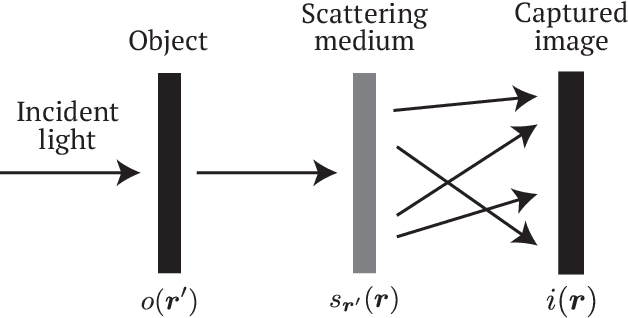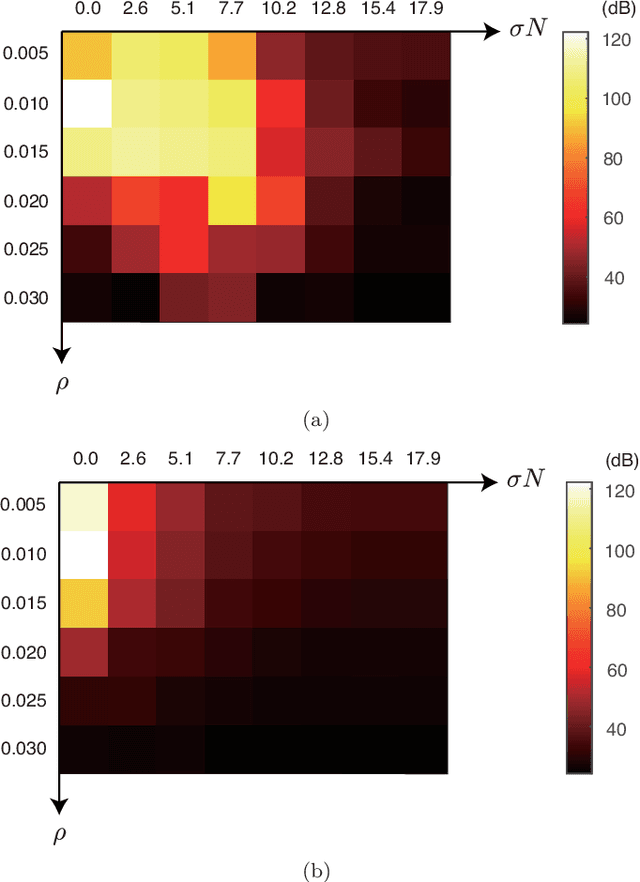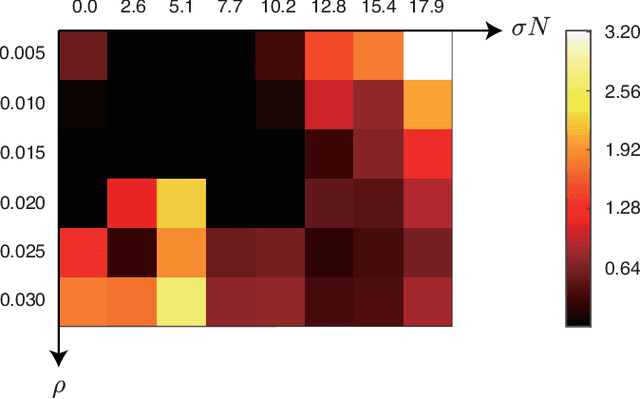Jun Tanida
Spatial-photonic Boltzmann machines: low-rank combinatorial optimization and statistical learning by spatial light modulation
Mar 27, 2023Abstract:The spatial-photonic Ising machine (SPIM) [D. Pierangeli et al., Phys. Rev. Lett. 122, 213902 (2019)] is a promising optical architecture utilizing spatial light modulation for solving large-scale combinatorial optimization problems efficiently. However, the SPIM can accommodate Ising problems with only rank-one interaction matrices, which limits its applicability to various real-world problems. In this Letter, we propose a new computing model for the SPIM that can accommodate any Ising problem without changing its optical implementation. The proposed model is particularly efficient for Ising problems with low-rank interaction matrices, such as knapsack problems. Moreover, the model acquires learning ability and can thus be termed a spatial-photonic Boltzmann machine (SPBM). We demonstrate that learning, classification, and sampling of the MNIST handwritten digit images are achieved efficiently using SPBMs with low-rank interactions. Thus, the proposed SPBM model exhibits higher practical applicability to various problems of combinatorial optimization and statistical learning, without losing the scalability inherent in the SPIM architecture.
Extended field-of-view speckle-correlation imaging by estimating autocorrelation
Jun 19, 2022



Abstract:Imaging through scattering media is a longstanding issue in a wide range of applications, including biomedicine, security, and astronomy. Speckle-correlation imaging is promising for non-invasively seeing through scattering media by assuming shift-invariance of the scattering process called the memory effect. However, the memory effect is known to be severely limited when the medium is thick. Under such a scattering condition, speckle-correlation imaging is not practical because the correlation of the speckle decays, reducing the field of view. To address this problem, we present a method for expanding the field of view of single-shot speckle-correlation imaging through scattering media with a limited memory effect. We derive the imaging model under this scattering condition and its inversion for reconstructing the object. Our method simultaneously estimates both the object and the decay of the speckle correlation based on the gradient descent method. We numerically and experimentally demonstrate the proposed method by reconstructing point sources behind scattering media with a limited memory effect. In the demonstrations, our speckle-correlation imaging method with a minimal lensless optical setup realized a larger field of view compared with the conventional one. This study will make techniques for imaging through scattering media more practical in various fields.
Single-shot blind deconvolution with coded aperture
Jan 17, 2022Abstract:In this paper, we present a method for single-shot blind deconvolution incorporating a coded aperture (CA). In this method, we utilize the CA, inserted on the pupil plane, as support constraints in blind deconvolution. Not only an object but also a point spread function of turbulence are estimated from a single captured image by a reconstruction algorithm with the CA support. The proposed method is demonstrated by a simulation and an experiment in which point sources are recovered under severe turbulence.
 Add to Chrome
Add to Chrome Add to Firefox
Add to Firefox Add to Edge
Add to Edge